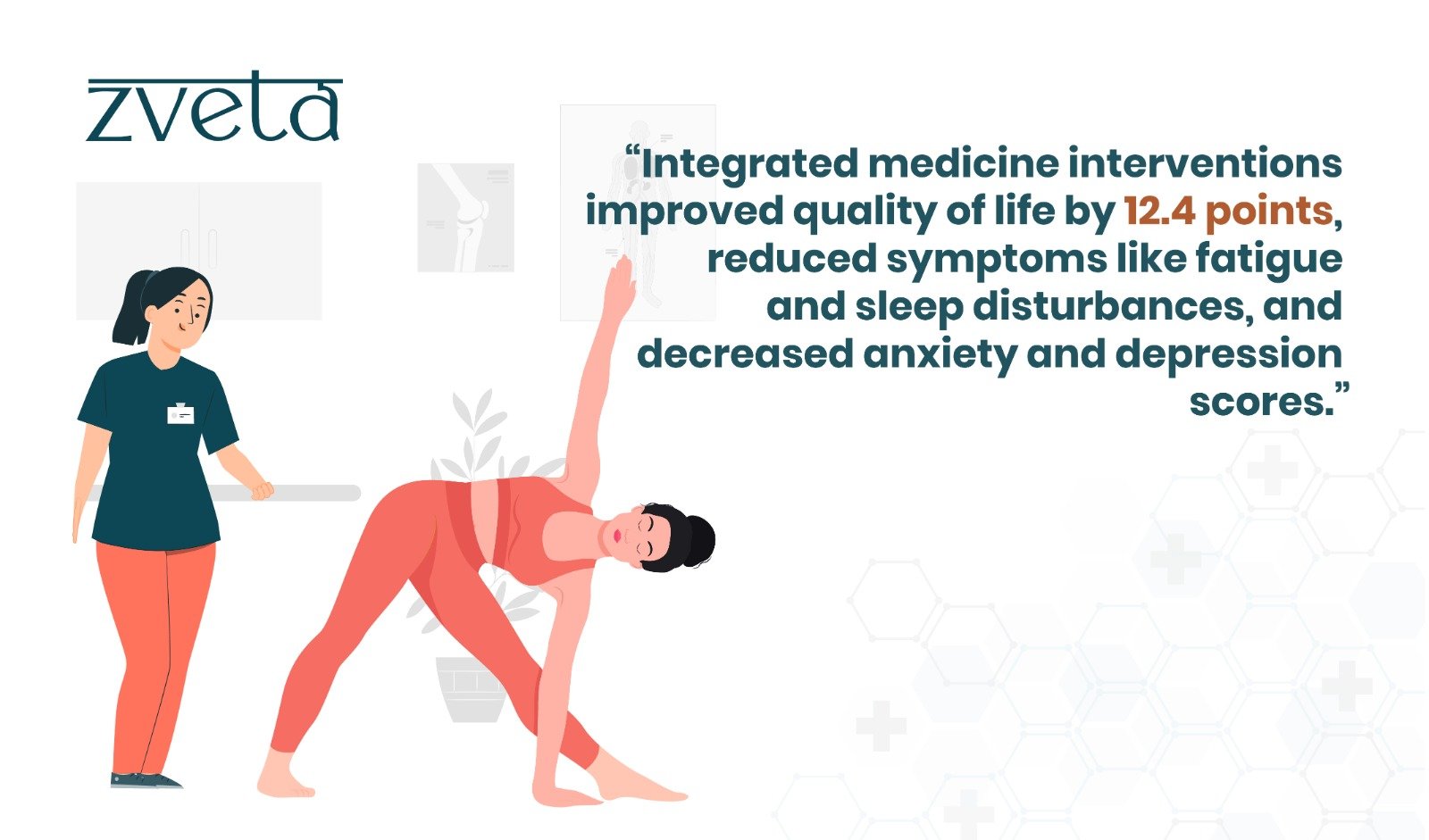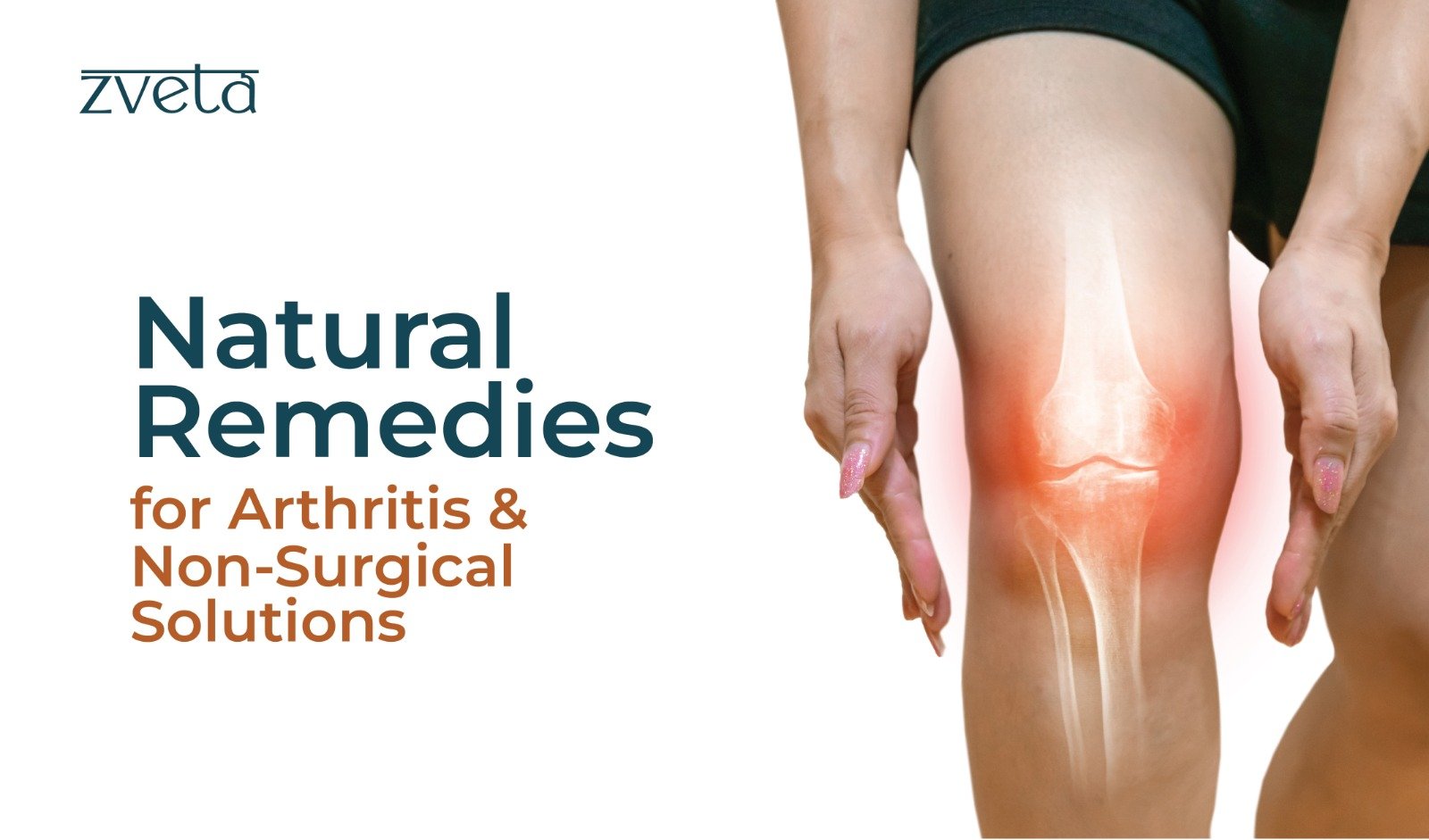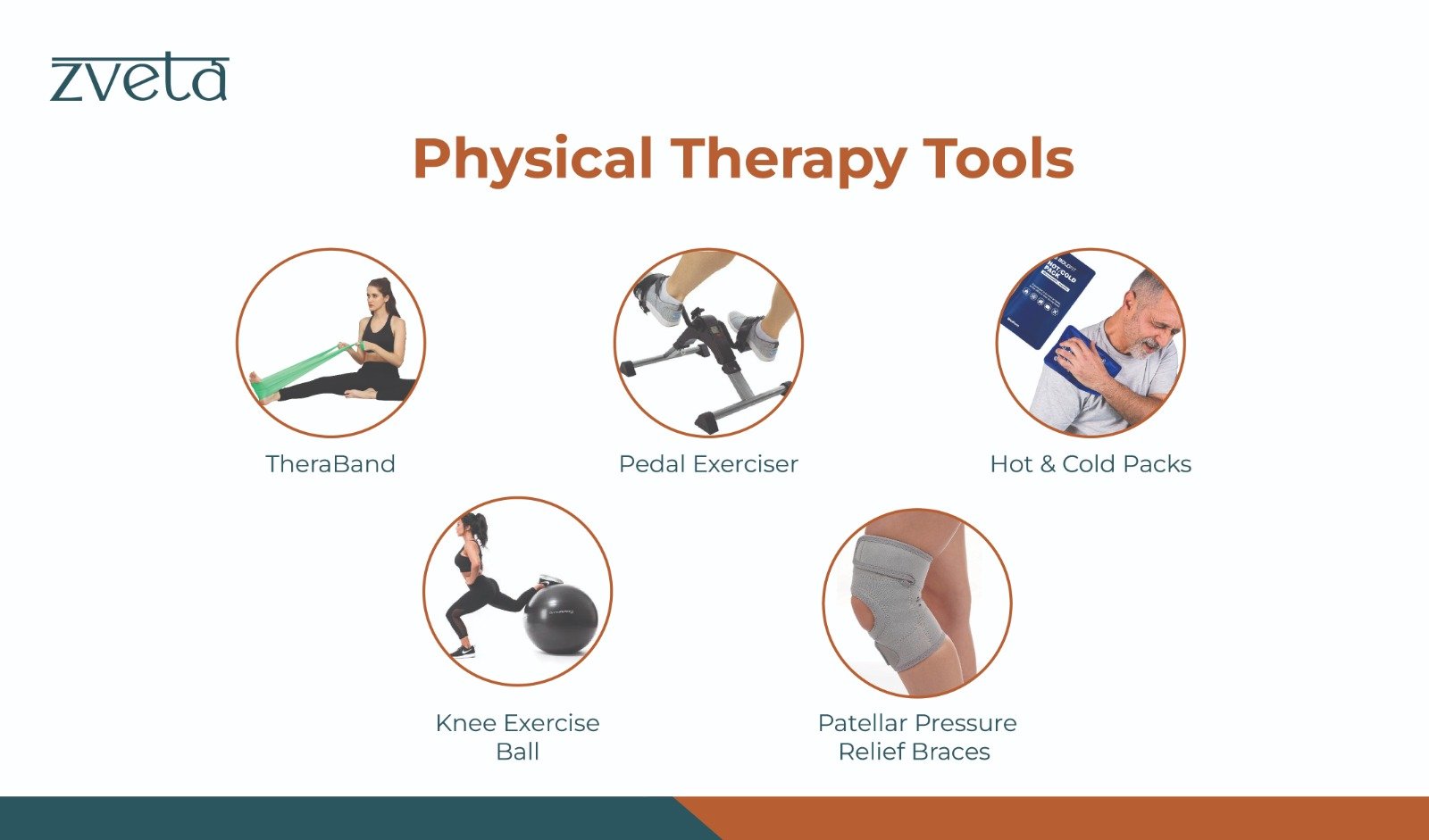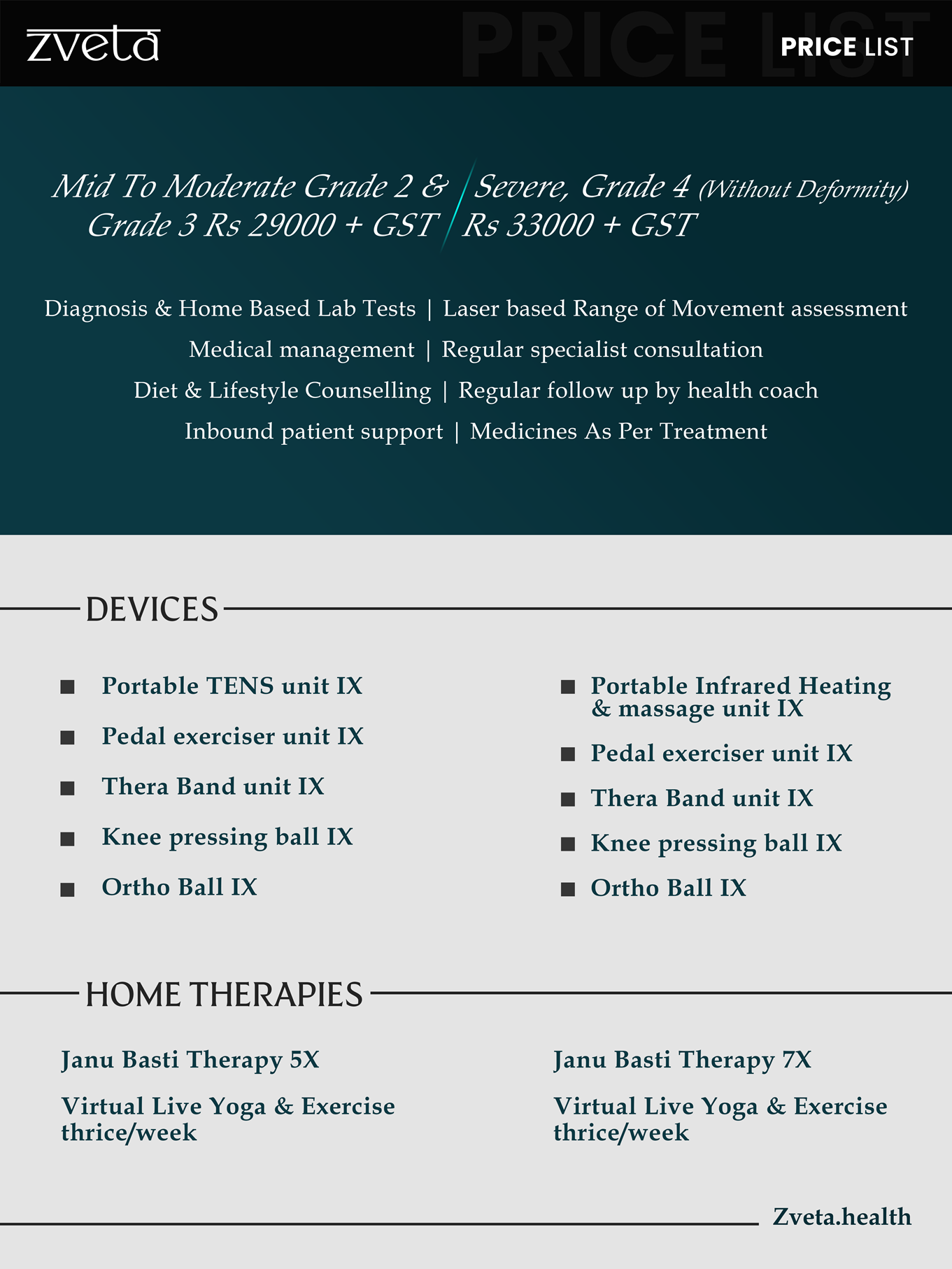7 Reasons Why Integrated Medicine Is Right for You
“Take care of your body. It’s the only place you have to live.”
These words capture the importance of focusing on one’s well-being. However, managing the complexities of modern healthcare can often be overwhelming.
What if there was an approach that considered your whole self, prioritized natural solutions, and allowed you to be an active participant in your health? This is exactly what integrated medicine does. This innovative approach combines treatments from different philosophies to create a holistic and personalized path to optimal health.
If you’re curious about how this approach could benefit you, keep reading! We’ll discuss 7 compelling reasons why integrated medicine might be the perfect fit for your journey towards health and well-being.
1.Focuses on the Whole Person
Integrated medicine doctors understand that your overall well-being is more than just a set of symptoms. They consider your physical, emotional, mental, social, spiritual, and environmental influences when developing treatment plans. This means they look at how all of these elements might be affecting your health. By acknowledging the interconnectedness of different aspects of a person’s life and health, integrated medicine can offer a more comprehensive and personalized care plan.
2. Prioritizes Natural, Less-Invasive Approaches
While conventional medications are sometimes necessary, integrated medicine emphasizes treatments with fewer side effects. This includes:
● Nutrition and lifestyle changes
● Herbal remedies
● Mind-body practices (meditation, yoga)
● Psychological therapies
By prioritizing natural and less disruptive methods, integrative medicine offers long-term and sustainable results while also having fewer to no side effects.
3. Deeper Patient-Doctor Collaboration
Picture this: merely 5-10 minutes into your consultation, your doctor is already inching towards the exit, signaling the end of your time. This is known as “hand-on-the-door syndrome” and results from doctors having extremely demanding schedules, which can limit the time they can spend with individual patients.
Contrast this with integrated medicine, which often allows for longer appointment times compared to conventional medicine. This extended time can allow a deeper discussion of your health concerns, including your medical history, lifestyle habits, and emotional well-being. This leads to a better understanding of your unique needs and a collaborative approach to developing your treatment plan.
4. Treats the Root Cause, Not Just the Symptoms
Instead of solely treating the symptoms of your condition, integrated medicine aims to uncover and address the underlying factors causing your health concerns. It approaches health from a whole-body perspective, understanding that physical symptoms often present as the tip of the iceberg.
“The Indian government’s Ministry of AYUSH (Ayurveda, Yoga & Naturopathy, Unani, Siddha, and Homeopathy) signifies the recognition and integration of traditional Indian medicine systems with conventional healthcare.” Source: https://www.ayush.gov.in/
5. Uses a Multi-pronged Approach
Integrated medicine views the body as a complex system, where various factors can contribute to your overall health. Treatment options used in integrated medicine can be broadly categorized as follows:
● Natural supplements
● Herbal remedies
● Vitamin and mineral supplements
● Health Coaching
● Dietary adjustments
● Stress management
● Detoxification programs
● Lifestyle modifications
● Prescription medications when needed
They do not discount modern medicine or its treatments but rather utilize these more traditional therapies in combination with holistic approaches.
6. Provides Knowledge & Education
Integrative medicine emphasizes a strong doctor-patient relationship. Doctors take the time to explain how your everyday choices, such as diet, exercise, and stress management, can significantly impact your health and well-being. They clearly explain your condition and how the treatment plan aims to help you.

“Integrated medicine interventions improved quality of life by 12.4 points, reduced symptoms like fatigue and sleep disturbances, and decreased anxiety and
depression scores.”Source: https://www.ncbi.nlm.nih.gov/pmc/articles/PMC6173273/
7. Growing Evidence Base
Research increasingly supports the effectiveness of integrated medicine techniques for various conditions. This evidence helps to validate what many people have intuitively known all along – that natural therapies and lifestyle changes have profound healing powers.
Discover a New Approach to Health with Zveta
Looking for a partner in healthcare, not just a provider? Consider Zveta. We believe in providing personalized attention and working together to find long-term solutions for your health concerns.
With expertise in various areas like arthritis, spondylosis, IBS, and perimenopause, our doctors possess the unique ability to combine conventional and therapeutic practices. This allows them to personalize treatment plans specifically to your individual needs, offering practical and effective solutions for your unique challenges.
Ready to feel great, look great, and stay active?
Schedule your consultation with Zveta today!





